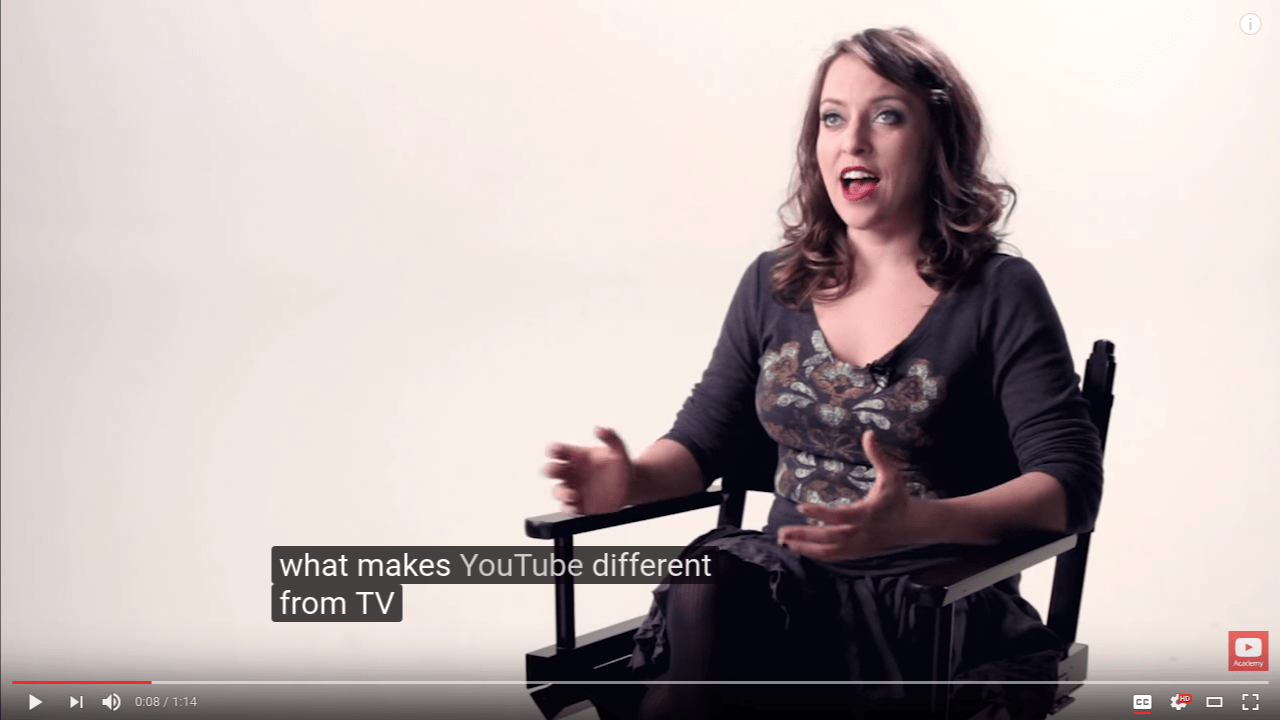In the ever-evolving digital landscape, accessibility remains a cornerstone for platforms seeking to engage diverse audiences. YouTube, a frontrunner in the video-sharing arena, has made significant strides in this domain over the years. Notably, the platform recently announced that it has successfully captioned over one billion videos through its automatic captioning service—a remarkable milestone that illustrates the profound potential of technology to foster inclusivity.
A Brief Historical Perspective
When Google introduced the automatic captioning feature back in 2009, it became evident that the technology was in its infancy. The initial results were often riddled with errors, rendering it more of a novelty than a reliable service. Fast forward to today, and the advancements made in Google’s speech recognition capabilities have been transformative. The technology now boasts a 50% increase in accuracy, edging closer to human transcription quality.
The Impact of Automatic Captioning
With the current capability to automatically caption one billion videos, YouTube has opened doors for millions of users who are deaf or hearing impaired. Users consume content with captions around 15 million times daily, showcasing a growing demand for accessible media. The implications are significant:
- Enhanced Accessibility: This feature allows a broader audience to engage with content that might have been previously inaccessible, fostering a more inclusive community.
- Content Moderation Input: YouTube users can actively review and edit these automated captions. This feedback loop enhances the training data for the machine learning models, improving accuracy over time.
- Cultural and Linguistic Diversity: With support for ten languages, automatic captioning is becoming a more global phenomenon, catering to varied content styles across different cultures.
What Lies Ahead?
Looking forward, YouTube plans to expand its improvements to additional languages, furthering its commitment to fostering an inclusive platform for global users. As technology continues to improve, the expectation is that automatic captioning will not only maintain accuracy but also adapt to the evolving nature of content creation. Consider the rise of slang, dialects, and niche languages; it will be fascinating to see how machine learning continues to tackle these challenges.
Conclusion
YouTube’s journey with automatic captioning is a testament to how innovation can profoundly impact accessibility in the digital age. The road from the early days of imperfect captions to today’s user-friendly and more reliable service illustrates the power of technology in bridging gaps. For more insights, updates, or to collaborate on AI development projects, stay connected with **[fxis.ai](https://fxis.ai)**. At **[fxis.ai](https://fxis.ai)**, we believe that such advancements are crucial for the future of AI, as they enable more comprehensive and effective solutions. Our team is continually exploring new methodologies to push the envelope in artificial intelligence, ensuring that our clients benefit from the latest technological innovations.

